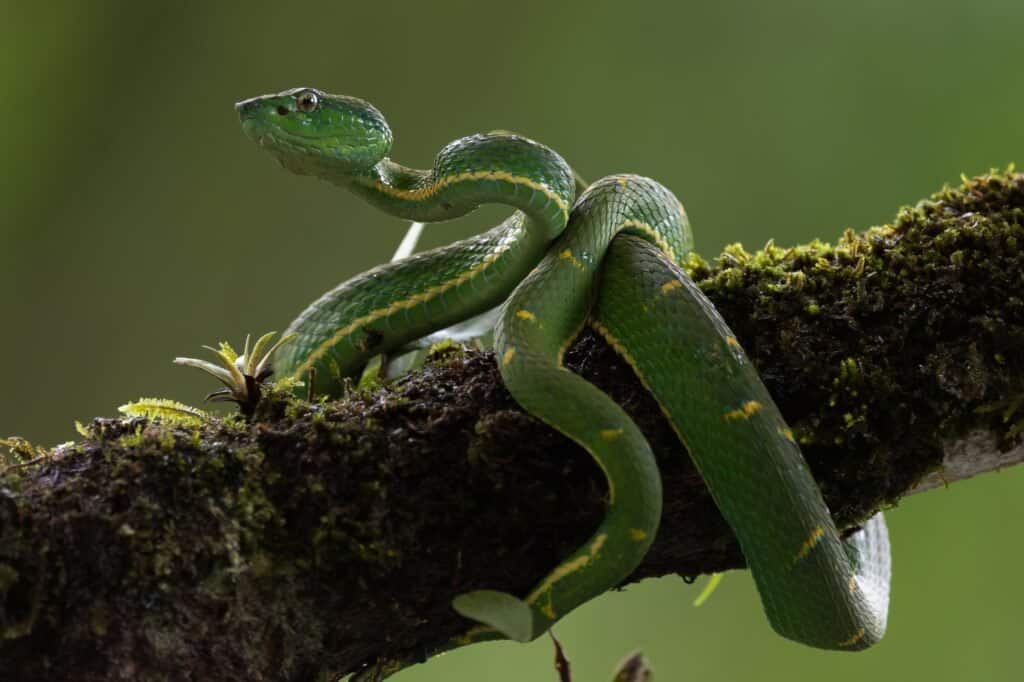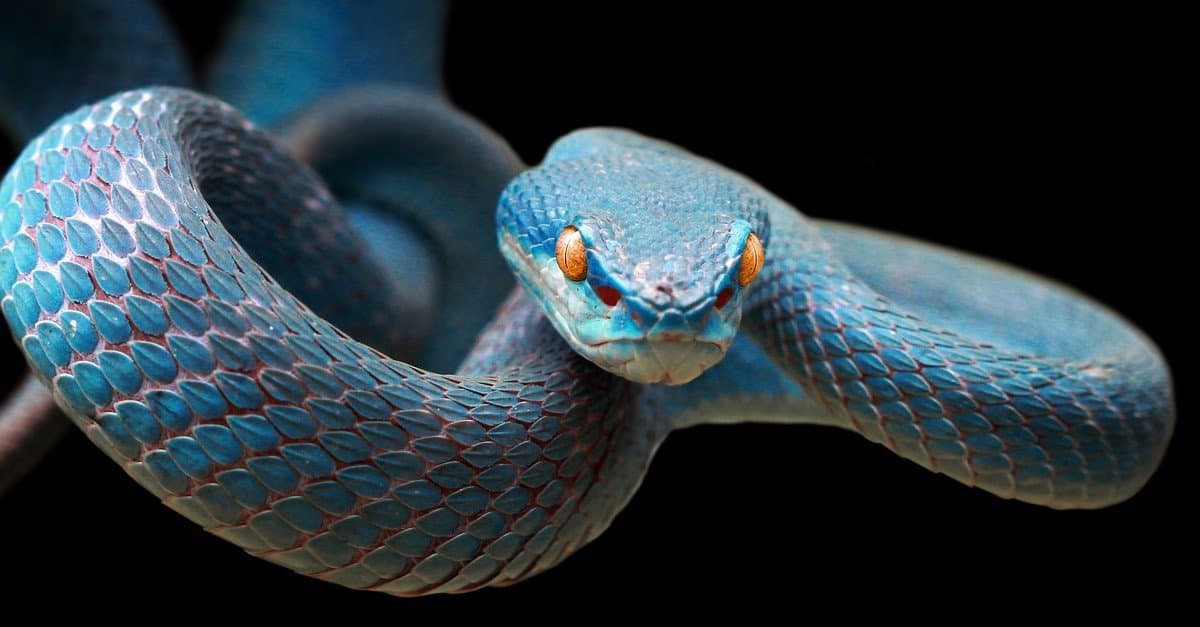Introduction
Australia, a land of diverse wildlife, is home to numerous interesting creatures, consisting of serpents that can motivate both admiration and worry. Amongst these snakes is the tiger snake, understood for its striking look and credibility as a poisonous killer. Consequently, one inquiry often develops: Are tiger snakes venomous? This article will explore the misconceptions and realities bordering tiger serpents, their habitat, habits, clinical ramifications of their attacks, and much more.
Are Tiger Snakes Venomous?
When it comes to the question of whether tiger snakes are poisonous, the answer is a resounding yes. Tiger serpents (Notechis scutatus) are without a doubt venomous and rank amongst one of the most dangerous snakes in Australia. Their poison contains potent neurotoxins that can bring about paralysis and also fatality otherwise treated quickly.
While deaths from tiger serpent bites have actually come to be much less usual due to advancements in clinical therapy and antivenom schedule, this does not decrease the need for caution when experiencing these reptiles. The possible effects of a tiger serpent bite consist of extreme pain at the website of the bite, swelling, nausea, difficulty breathing, and neurological symptoms such as weak point or paralysis.
Types of Tiger Snakes
In Australia, there are several identified subspecies Medical Treatment of tiger serpents:

- Eastern Tiger Snake (Notechis scutatus): Located mainly in southeastern Australia. Tasmanian Tiger Serpent (Notechis scutatus): A subspecies discovered just in Tasmania. Black Tiger Snake: Recognized for its darker coloration.
Each of these types has variants in dimension and behavior yet shares comparable venom characteristics.
The Environment of Tiger Snakes
Where Do They Live?
Tiger snakes are adaptable animals discovered across various habitats throughout Australia. They commonly populate coastal regions yet can additionally be located in wetlands, swamps, riversides, and woodlands. Their preference for moisture-rich settings makes them adept swimmers; hence they thrive near water bodies like lakes or marshes.
Geographical Distribution
- Southeastern Coast: Home to Eastern tiger snakes. Tasmania: Controlled by Tasmanian tiger snakes. Northern Regions: Where you might run into much less typically seen variants.
Habitat Preferences
Tiger snakes prefer locations with bountiful cover where they can hide from killers while hunting for target. They commonly quest little creatures, frogs, birds, and also fish-- making them flexible seekers within their ecological niche.
The Makeup of a Tiger Snake
Physical Characteristics
Tiger serpents have unique physical traits that differentiate them from other Australian reptiles:
- Coloration: Generally banded with yellow or light stripes on a dark background. Size: They can grow up to 2 meters long; nonetheless, typical sizes vary in between 1.2 to 1.5 meters.
The distinct pigmentation serves both as camouflage against predators and while tracking victim in their natural habitat.

Behavioral Traits
Understanding the behavior patterns of tiger serpents is critical for those living within their geographical array:
- Nocturnal Activity: They are mostly energetic during the night however might additionally hunt throughout the day. Defensive Behavior: When intimidated, tiger snakes may hiss loudly or squash their bodies-- an indication showing they really feel cornered.
Tiger Snake Bite Symptoms
If bitten by a tiger snake, individuals need to look for certain signs and symptoms that materialize not long after: Hydration Therapy
Severe local pain Swelling around the bite area Nausea or vomiting Difficulty breathing Neurological signs and symptoms such as muscle mass weaknessIt's critical never to ignore these indicators; immediate clinical interest is vital adhering to any serpent bite incident.
First Help for Snake Bites
Immediate Activities After a Bite
Knowing exactly how to react promptly can save lives when taking care of prospective snake bites:
Stay tranquility and still-- movement boosts venom spread. Call emergency situation solutions immediately. Keep the affected arm or leg paralyzed listed below heart level. Avoid cutting or drawing out poison; this old partners' story could intensify conditions. Remove tight clothing or jewelry near the bite site.First Aid Kit Fundamentals for Serpent Bites
A well-stocked first aid set must include things particularly helpful in dealing with snake attacks:
|Thing|Objective|| --------------------------------|-----------------------------------------------|| Sterilized bandages|To cover injuries|| Antiseptic wipes|To clean up around bite area|| Emergency situation call numbers|For quick gain access to throughout emergencies|| Compression plaster|To aid debilitate influenced limb|
Proper preparation can make all the difference when an emergency situation strikes.
Go to this siteFact vs Misconception Concerning Tiger Snakes
Myth 1: All Snakes Are Aggressive
Contrary to typical idea, not all serpent types display aggression towards humans. In fact, several prefer to pull away than challenge us.
Myth 2: A Bite Always Results In Death
While deadly attacks do occur-- thanks greatly to delayed treatment-- most of attacks are non-fatal if treated without delay with antivenom.
Myth 3: You Can Draw Out Venom
This widely held belief is incorrect; trying to suck out poison only raises problems instead of easing them!
FAQs
1. Are infant tiger snakes much more unsafe than adults?
Baby tiger serpents might possess less poison than grownups but commonly deliver bites readily as a result of being more frightened.
2. For how long does it consider signs and symptoms to appear after a bite?
Symptoms normally show up within mins yet can sometimes take hours depending upon factors like private health and wellness conditions.
3. What need to I do if I see a tiger snake?
Maintain range! Prevent prompting it; most encounters end without event if you value their space.
4. Exists an antivenom available for tiger serpent bites?
Yes! Antivenom exists especially developed for dealing with diseases caused by tiger serpent attacks-- it's vital to look for specialist clinical support immediately!
5. Can I maintain a tiger serpent as a pet?
Keeping any kind of wild snake varieties positions significant dangers due mainly to their reproduction practices & & nutritional needs-- it's finest left in nature!
6. Exactly how widespread are serpent attacks in Australia?
Australia sees hundreds of snakebite cases yearly; however fatalities have actually decreased considerably thanks mainly due boosted understanding & & medical care access!
Conclusion
In final thought, comprehending whether "Are Tiger Snakes Venomous?" lugs considerable implications for individual safety when communicating with these remarkable reptiles native to Australia's diverse ecosystems can not be overstated!
Arming ourselves with understanding regarding these creatures-- from their environments and behaviors down with efficient first aid techniques-- empowers us towards safer conjunction along with wild animals while mitigating dangers related to unintended encounters!

By fostering education regarding our setting's intricacies-- not simply focusing exclusively on anxiety-- we lead paths towards far better admiration & & conservation initiatives profiting both mankind & & nature alike!